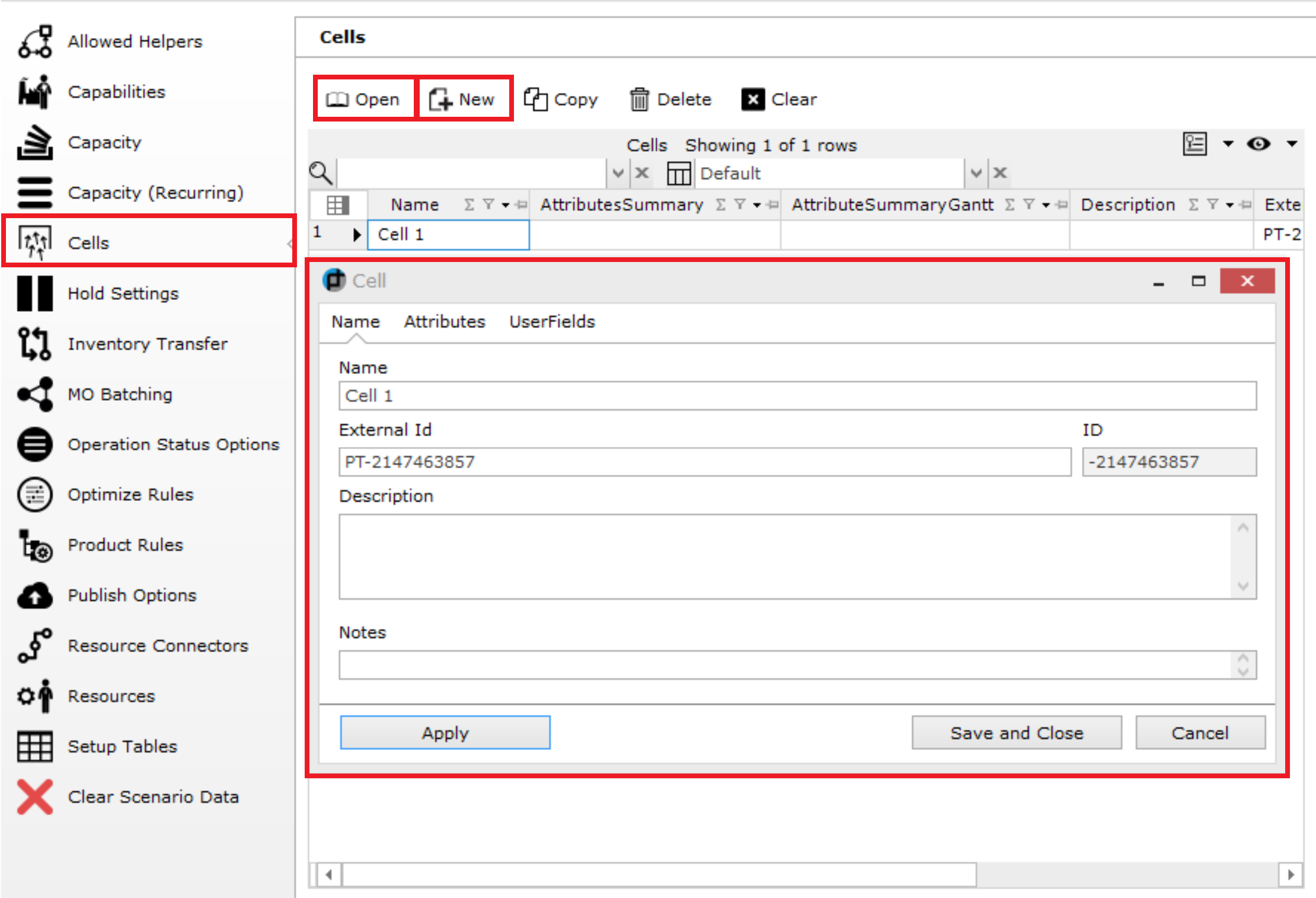

Apart from the role of the Bcl-2 family in brain development ( Fricker et al., 2018), ample evidence link the Bcl-2 family members to a variety of central nervous system pathologies including stroke and excitotoxic injury ( Engel et al., 2011 D’Orsi et al., 2012 Niu et al., 2017) and demonstrate strong neuroprotective function of Bcl-XL ( González-García et al., 1995). Bcl-extra large (Bcl-XL) is a prototypic anti-apoptotic member of this family. The B-cell lymphoma-2 (Bcl-2) protein family consists of pro- and anti-apoptotic master regulators of cell death ( Fricker et al., 2018 Kale et al., 2018).
#Cellprofiler analyst excluding dead cells software
Various biological features of different cell types including yeast, mouse, rat and human cells have been identified using CellProfiler software ( Bray et al., 2015 Gasparini et al., 2017). An advantage of this technology is that these modular pipelines can easily be adapted and shared with colleagues. It provides image segmentation and measurement algorithms as modules that can easily be arranged in an image-analysis pipeline to identify and quantify biological features and objects.

As such, fully automated microscopes enable the acquisition of the large number of images needed to quantitatively analyze these important gene expression questions ( Muzzey and van Oudenaarden, 2009).ĬellProfiler is an easy to use open-source image-analysis software, that enables the generation of image processing pipelines to measure and quantify biological phenotypes automatically from thousands of images ( Carpenter et al., 2006 Carpenter, 2007 Kamentsky et al., 2011). Indeed, fluorescence microscopy techniques help answer important questions on gene function such as addressing the role of a specific gene product for neuronal survival under different treatments. In contrast, the combination of overexpression approaches and fluorescence microscopy techniques allows addressing the important “where and when” aspects of gene regulation as well as quantifying gene function. However, important spatiotemporal information is lost when genetic, epigenetic or proteomic approaches are used as the sole determinant of gene function. Especially transcriptomic and proteomic methods are used to unravel this elaborate and multi-layered system of interactions between genes, RNA molecules and proteins. However, understanding this link in all its complexity has not yet been accomplished. The regulation of gene expression provides a critical link between the genome and the phenotype of a cell in general and for neuronal function and survival in particular. We focus on nutrient starvation of cultured rodent primary neurons as a model of metabolic stress but our approach can easily be generalized and adapted to other cell types or to investigate single gene function in regulating neuronal survival under various conditions. Here, we describe a versatile tool to measure effects of a transfected gene of interest on neuronal survival upon metabolic stress.

Consequently, fluorescence microscopy techniques help answer important questions on gene regulation such as addressing the role of a specific gene product for neuronal survival under different treatments. Overexpression approaches and fluorescence microscopy techniques allow investigating important spatiotemporal aspects of gene regulation as well as quantifying gene function. 5Berlin Institute of Health (BIH), Berlin, Germany.4Charité-Universitätsmedizin Berlin, Department of Neurology, Berlin, Germany.3Charité-Universitätsmedizin Berlin, Center for Stroke Research Berlin, Berlin, Germany.2Charité-Universitätsmedizin Berlin, NeuroCure Clinical Research Center, Berlin, Germany.



 0 kommentar(er)
0 kommentar(er)
